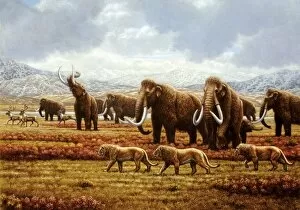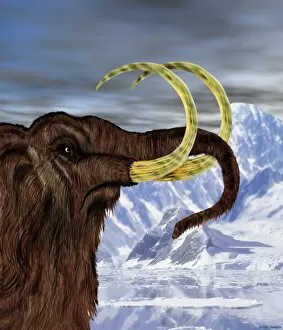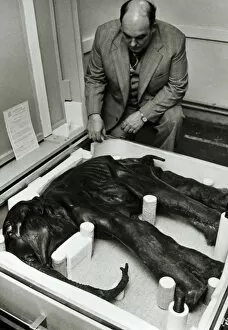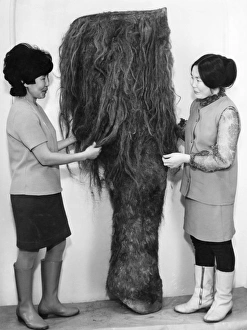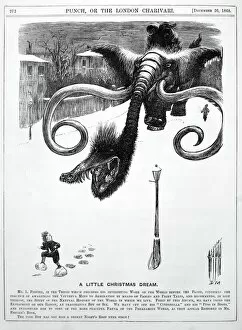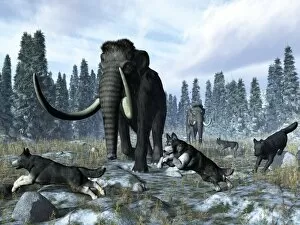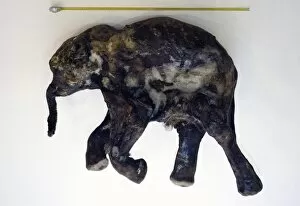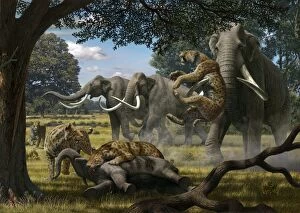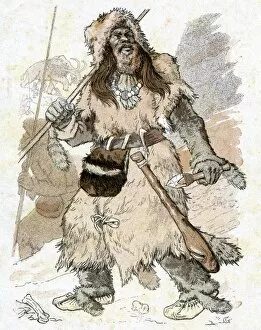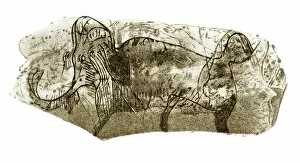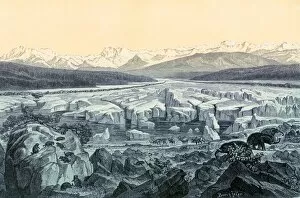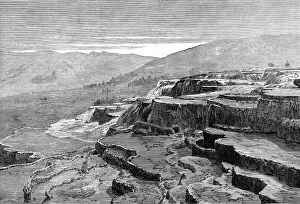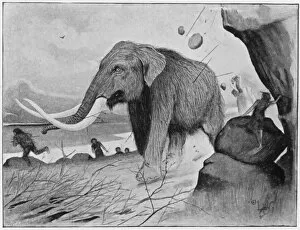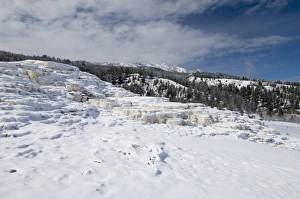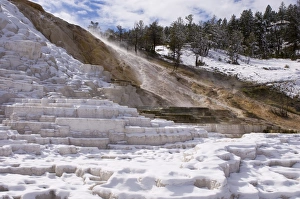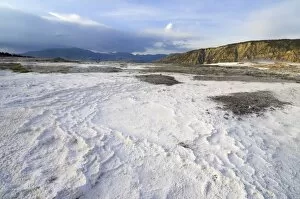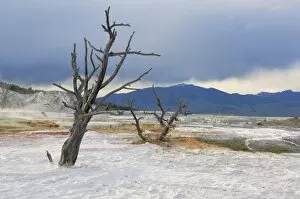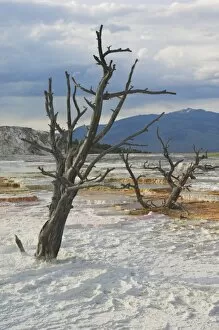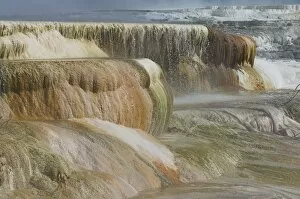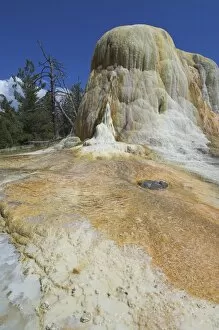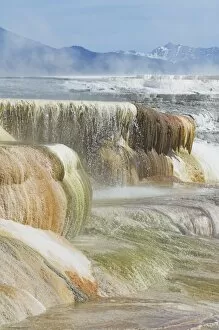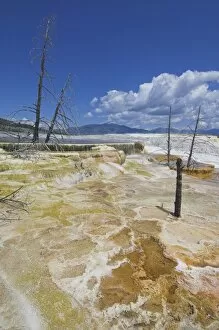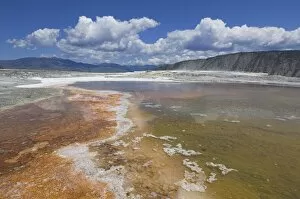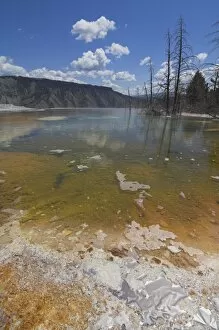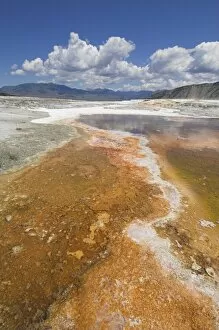Mammoth Collection (page 9)
The mammoth, a majestic creature that has captivated the imagination of scientists and artists alike throughout history
All Professionally Made to Order for Quick Shipping
The mammoth, a majestic creature that has captivated the imagination of scientists and artists alike throughout history. From cave paintings depicting these ancient beasts to prehistoric reconstructions, the mammoth continues to fascinate us with its sheer size and evolutionary significance. In the realm of science and evolution, the mammoth holds a special place. Its existence provides valuable insights into our planet's past, shedding light on how life evolved over millions of years. The Woolly Mammoth, in particular, is often associated with the beginning of the Ice Age, as illustrated in artwork showing it walking through snow-covered landscapes. One notable mention is The Mammoth Iron Steam-Ship Great Eastern - an engineering marvel that shared its name with this magnificent creature. This massive vessel pushed boundaries and symbolized human progress during its time. Looking back even further into history, we find cave paintings showcasing mammoths alongside other animals like ibexes. These Neolithic artworks serve as a testament to our ancestors' fascination with these creatures and their desire to document them for future generations. As technology advanced, so did our ability to understand and reconstruct these long-extinct creatures. Detailed illustrations and drawings skeletons provide us with a glimpse into their anatomy and help us piece together their story. Interestingly enough, not all elephants are created equal when it comes to size comparisons. An illustration featuring an African Elephant standing next to Moenitherium (an early ancestor), Platybelodon (with its unique shovel-like tusks), Trilophodon (known for its distinctive molar teeth), showcases just how massive the woolly mammoth truly was in comparison. From balloon ascents at Crystal Palace in London to passenger aircrafts like Britains Brabazon I designed by G. H Davis – references to mammoths have found their way into various aspects of human innovation throughout history.

